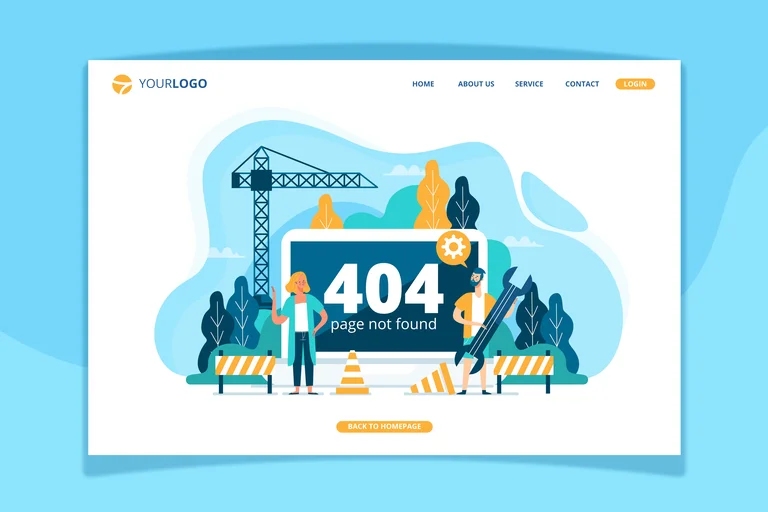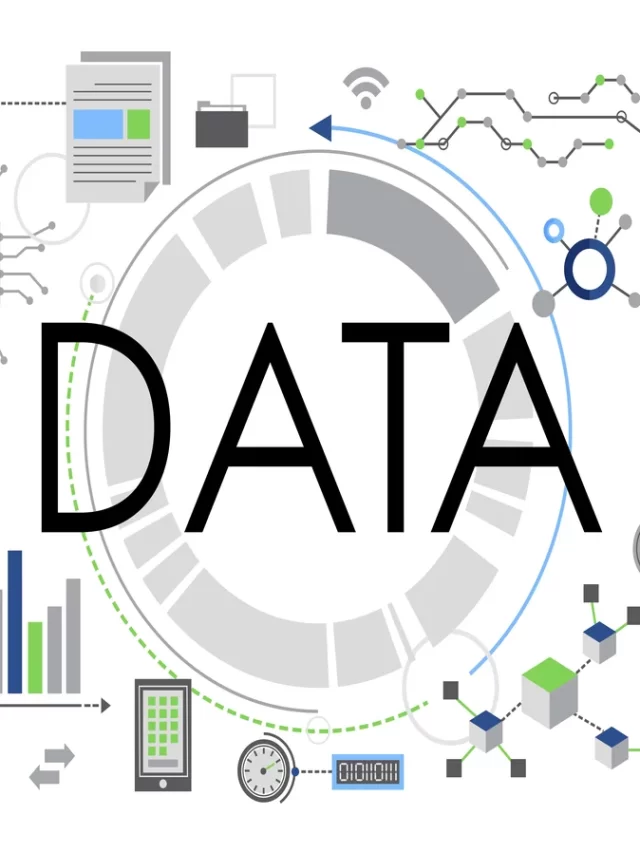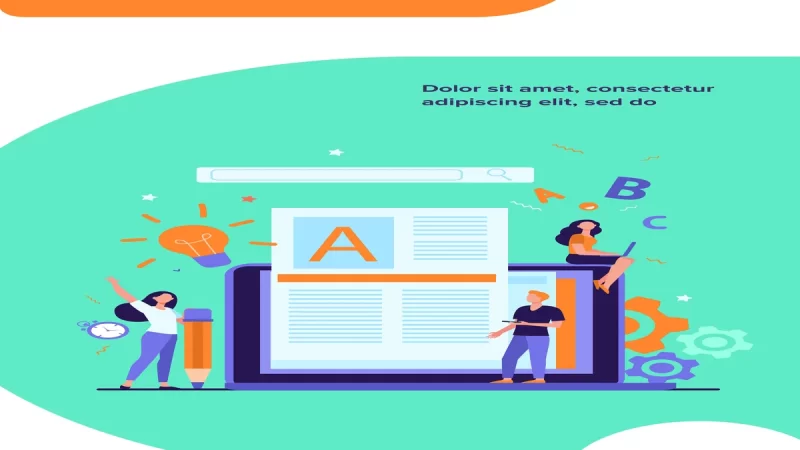301 Redirect vs. 404 Error Pages: Which is Better for SEO and User Experience?

When managing a website, encountering broken links or deleted pages is inevitable. As a website owner or administrator, you have two primary options for handling such situations: implementing a 301 redirect or displaying a 404 error page. Each method has its pros and cons, and making the right choice can significantly impact your site’s SEO and user experience. Let’s delve into the differences between 301 redirects and 404 error pages and understand which one is better suited for your specific needs.
What is a 301 Redirect?
A 301 redirect is a status code that indicates a permanent move of a webpage from one URL to another. It is a server-side process that informs both users and search engines that the requested page has been permanently moved to a new location. When a user or search engine crawls a URL with a 301 redirect, they are automatically directed to the new URL without any user intervention. This redirection passes the majority of the original page’s ranking power to the new location, making it an essential tool for site migrations, URL changes, and consolidating multiple pages.
What is a 404 Error Page?
A 404 error page, on the other hand, is served when a requested URL cannot be found on the server. It is a client-side response that indicates the page is “not found” or does not exist. When a user encounters a 404 error, they are informed that the page they were looking for could not be located. Custom 404 error pages can be designed to provide users with helpful information, navigation options, and a search bar to help them find relevant content within the site.
SEO Impact of 301 Redirects:
301 redirects are regarded as SEO-friendly because they preserve the SEO value of the original page. Search engines, like Google, understand that the content has moved to a new location permanently and transfer the majority of the original page’s ranking signals, such as link juice, to the new URL. This redirection helps maintain the site’s search engine rankings and prevents a drop in organic traffic when pages are moved or removed.
However, it is essential to implement 301 redirects correctly. Redirect chains and loops can negatively impact SEO, leading to reduced crawl efficiency and potential loss of link equity. Therefore, website owners must ensure that each redirect points to the final destination directly.
SEO Impact of 404 Error Pages:
404 error pages, by themselves, do not directly contribute to SEO efforts, as they indicate that the requested page is missing. From an SEO perspective, a 404 error is not necessarily harmful, as search engines understand that pages can be removed or become obsolete over time. They are a normal part of website maintenance.
Nevertheless, a poorly designed 404 error page with no user-friendly information or navigation options can negatively affect user experience. Users may leave the site if they encounter too many dead-ends, resulting in a higher bounce rate and potentially impacting SEO indirectly. To mitigate this, custom 404 error pages should be designed to guide users back to relevant content or the website’s main page.
User Experience Considerations:
User experience plays a crucial role in website engagement and conversions. Both 301 redirects and 404 error pages can influence how users perceive your site.
301 redirects offer a seamless user experience by automatically taking users to the new page without any interruption. Users are less likely to encounter dead links and can continue navigating the site smoothly. In contrast, 404 error pages can be frustrating for users, especially if they repeatedly encounter them. However, custom 404 pages that provide helpful information and navigation options can mitigate this frustration and guide users to other valuable content on the site.
Key Takeaways
When it comes to choosing between a 301 redirect and a 404 error page, there is no one-size-fits-all solution. Both methods serve specific purposes and can contribute positively to SEO and user experience when used appropriately.
Use a 301 redirect when permanently moving or consolidating pages to preserve SEO value and provide a seamless user experience. On the other hand, employ a custom 404 error page to enhance user experience when a page is temporarily or permanently removed. Ensure that your 404 error page is designed thoughtfully, guiding users to relevant content and encouraging them to explore other parts of your website.
Ultimately, striking a balance between proper redirects and user-friendly error pages will help maintain search engine rankings, retain users, and create a positive overall impression of your website.
FAQs (Frequently Asked Questions):
A 301 redirect is a server-side response indicating a permanent move to a new URL, whereas a 404 error page is a client-side response indicating that the requested page is not found on the server.
Both methods can have positive impacts on SEO when used correctly. A 301 redirect is preferred when permanently moving or consolidating pages, as it preserves SEO value. A 404 error page, when well-designed, can mitigate the impact on user experience and indirectly benefit SEO.
Yes, improper implementation of 301 redirects, such as redirect chains or loops, can negatively impact SEO. It may lead to reduced crawl efficiency and potential loss of link equity. It is crucial to set up redirects properly to avoid any negative consequences.
If a page is temporarily unavailable, it’s best to use a 503 status code to inform search engines that the page is only temporarily unavailable and will return at a later time. This approach helps maintain the page’s SEO value while informing users about the situation.
To create a user-friendly 404 error page, ensure it includes a clear message that the requested page is not found, provides helpful navigation options, and a search bar to help users find relevant content. Avoid generic error messages and make the page visually appealing to encourage users to stay on your website.







